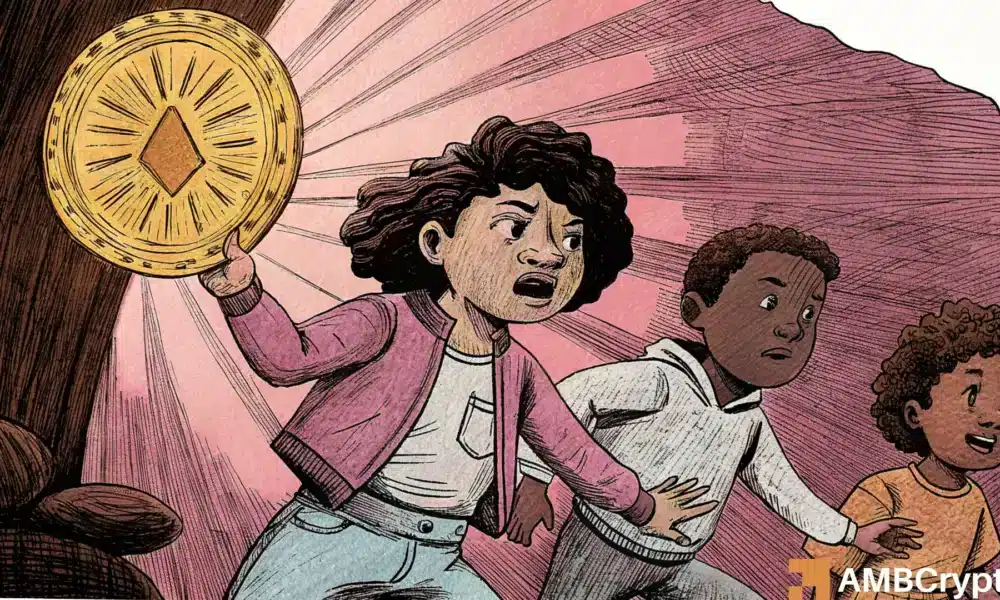2024 saw a resurgence in the decentralized finance (DeFi) sector, with the Total Value Locked (TVL) hitting a peak of $154 billion by December 17th, marking a two-year high.
This surge in TVL sparked interest in various DeFi protocols and tokens, including Aave [AAVE].
In its annual report, the AAVE protocol highlighted a milestone of $35 billion in net deposits for the year 2024, solidifying its position as the top DeFi platform.
According to data from DeFiLlama, the protocol witnessed a notable increase in total monthly fees to $65.34M, with revenues reaching $11.68M, making it a three-year high.
The amount borrowed on the platform also soared past $14 billion, signifying a substantial uptrend in activity.
The uptick in operations propelled AAVE to significant price gains in Q4 2024. If this trend continues, it could be favorable for the altcoin. Nonetheless, despite the DeFi revival, the token’s daily chart hints at imminent bearish signals.
Analysis of AAVE Price Trends
As of now, AAVE is trading at $330, marking a 6.4% surge over 24 hours. Despite this uptrend, the token’s one-day chart displays a bearish double-top pattern.
AAVE managed to rebound from the pattern’s neckline at $299, indicating a struggle for dominance between the bulls and bears.
If the current buying momentum persists, and AAVE successfully breaches the resistance at the two peaks ($391), it could invalidate the bearish scenario suggested by the double-top pattern.
Additionally, the Relative Strength Index (RSI) is trending upwards. A potential crossover above the signal line could generate a buy signal, potentially pushing AAVE towards the $391 resistance level.
The diminishing histogram bars on the Awesome Oscillator also signal weakening bearish movements in the market.
While these positive indicators are promising, traders must monitor the critical support level at the neckline. A breach below this point might trigger a downward movement towards $207.
Insights from Long/Short Ratio
In derivatives trading, AAVE exhibits a bearish bias, as evidenced by a reduction in the Long/Short Ratio, currently standing at 0.95. This suggests that traders holding short positions slightly outnumber those in long positions.
Despite the negative sentiment associated with this decline, a scenario where short positions increase while the price climbs could lead to a short squeeze upon liquidation, resulting in increased buying pressure and a potential uptick in AAVE prices.

